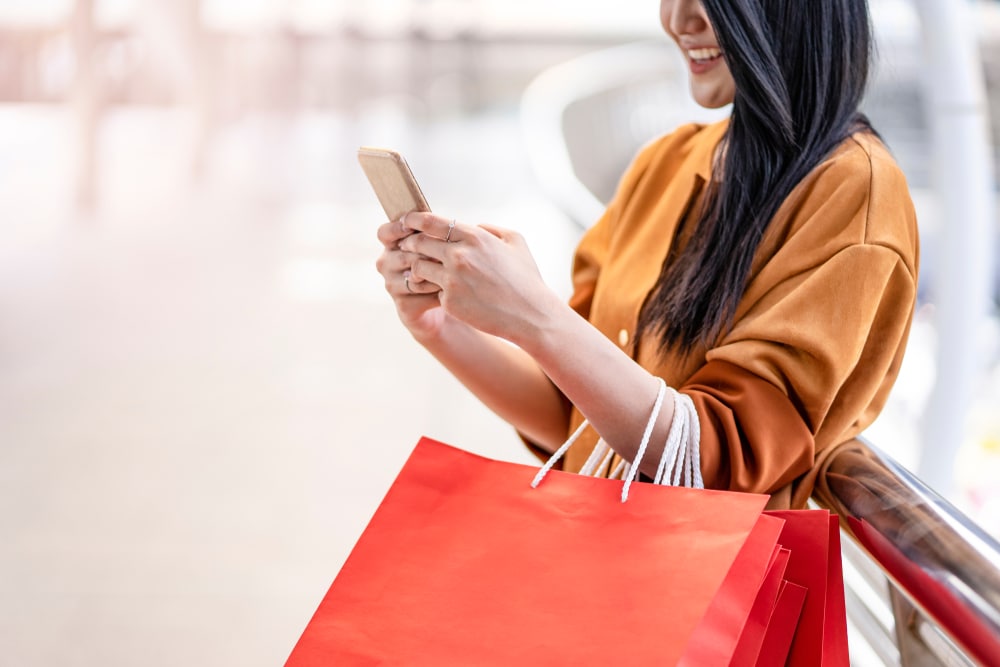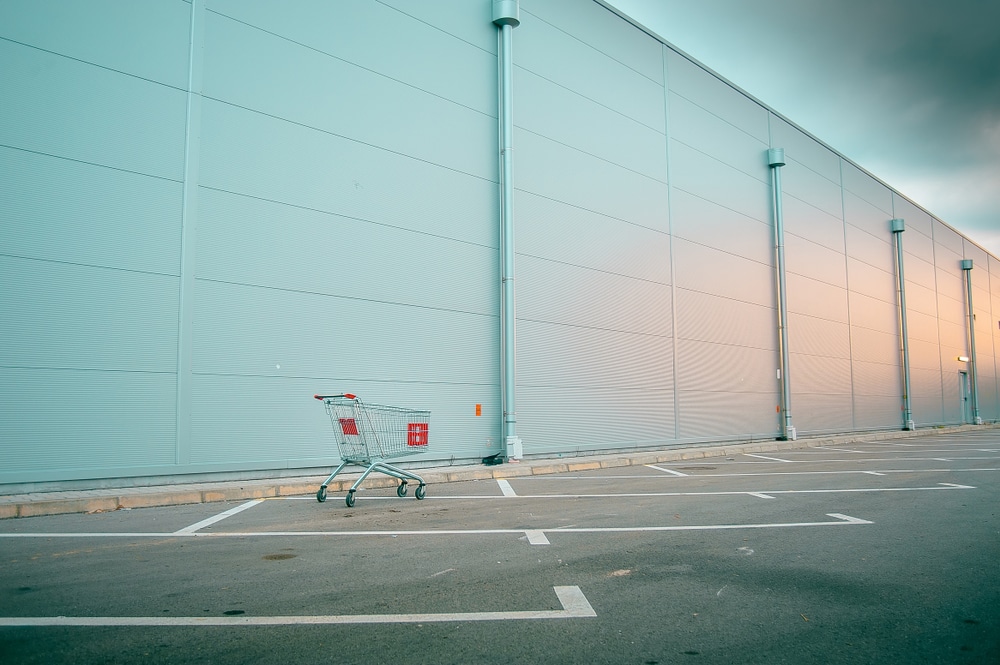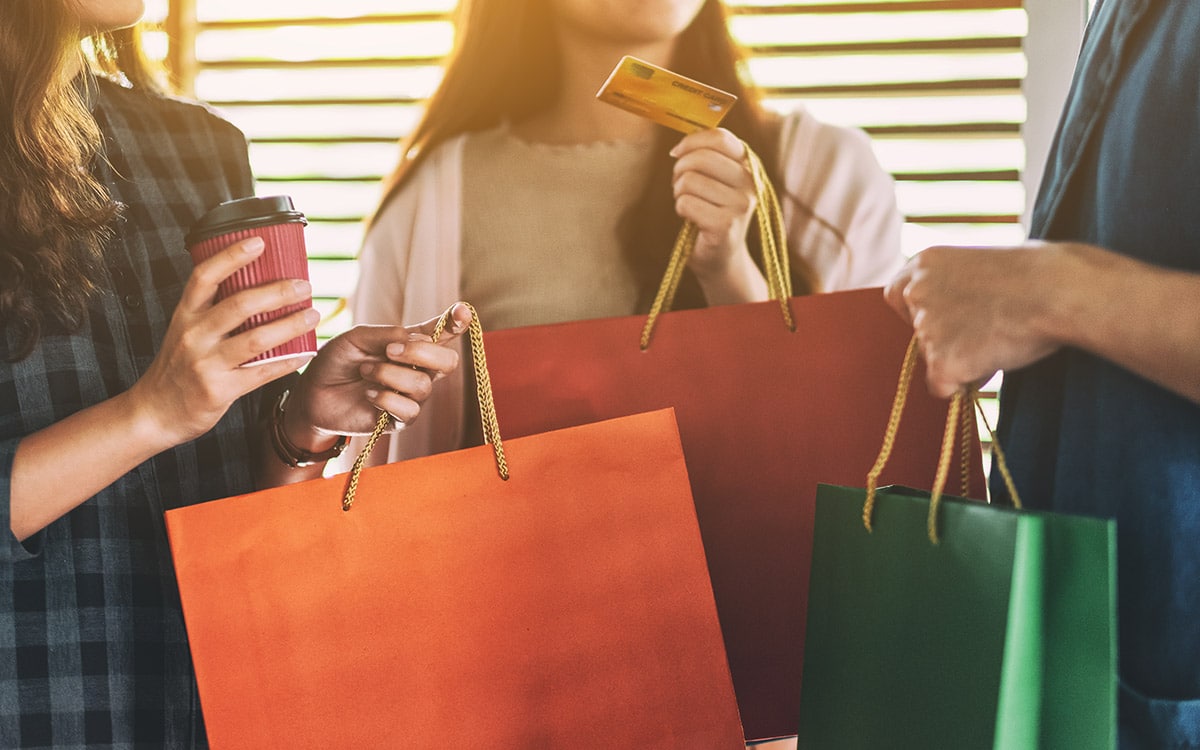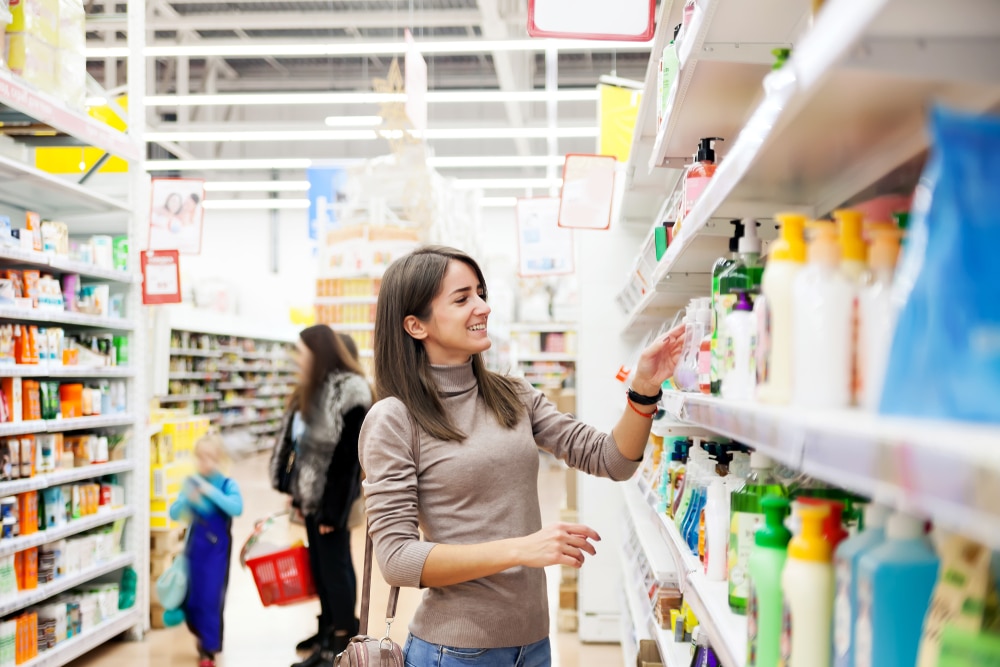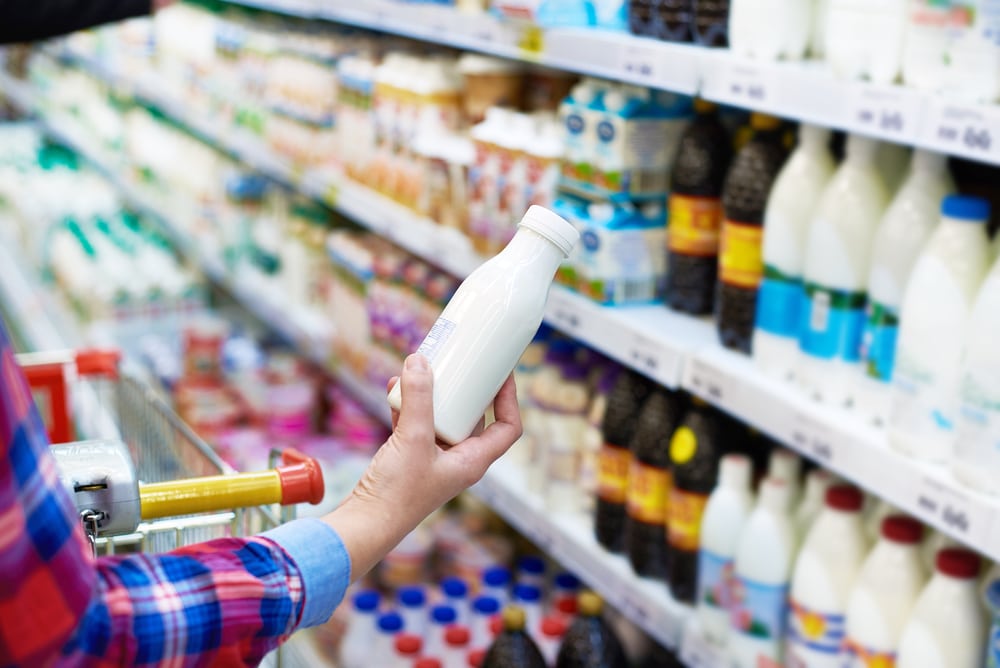Partnership marketing is an established concept of modern retailing and has been used in some form by most retailers and brands. Continue reading “How a retail marketing partner can expand your reach”
Category: b2b
A closer look: What do consumers want from brands?
American Shopping Behavior Evolving Weekly Amidst COVID-19 Crisis
Essential items remain out-of-stock on store shelves, consumers tightening belts on nonessential items.
As COVID-19 continues to impact Americans’ daily lives, new updates and stricter regulations paired with growing concerns about the virus have led to drastic changes in consumer shopping behavior in just a matter of weeks, according to a new Shopkick survey. After comparing the new data with two previous surveys – the first in mid-March, the other in early April – we found key differences in consumer behavior related to in-store shopping, spending on non-essential items, health precautions and more.
In this latest study, we surveyed more than 20,000 consumers across the country between April 16-20, 2020 to gain insights into how consumer behavior has changed as the COVID-19 situation evolves.
Key findings include:
Growing concerns are changing shopping behavior. In the March survey, 76 percent of consumers said concerns about the virus were affecting their shopping habits. Now, with national stay-at-home orders in effect and people having a much clearer understanding of how the virus spreads, that number has jumped to 82 percent, with 45 percent of consumers also saying they were more concerned.
Consumers are frequenting new retailers more often. Consumers remain open to trying new brands and products, with more taking advantage of varied inventory at different types of retailers. The number of consumers visiting a wider range of store types increased in the latest survey, with a higher percentage saying they were shopping in grocery stores (77 percent in April, 72 percent in March), big box retailers (72 percent in April, 69 percent in March), drug stores (45 percent in April, 42 percent in March), dollar stores (35 percent in April, 32 percent in March), club stores (29 percent in April, 27 percent in March) and convenience stores (20 percent in April, 19 percent in March).
Americans are only braving stores once a week. In the March survey, 50 percent of consumers said they averaged one trip to the store per week. Now, with social distancing orders in effect across the country, that number has increased to 60 percent, with a near 10 percent drop in more frequent shopping trips across the board.
Health precautions now include wearing gloves and masks. Ninety-one percent of consumers now take additional health precautions while shopping in-store, compared to 85 percent previously. These precautions include disinfecting hands and shopping carts (89 percent), using debit/credit cards to avoid exchanging cash (68 percent), shopping at less busy times (67 percent) and using self-checkout (53 percent). Due to new government regulations, many shoppers are also wearing protective masks (78 percent) and gloves (42 percent) while in stores.
Younger shoppers are still stocking up. America’s youngest consumers are continuing to fill their shopping carts with essential items. Most Gen Zers (67 percent) and Millennials (58 percent) said they were still stocking up this month, compared to less than half of Gen Xers (49 percent) and Boomers (42 percent).
Consumers are spending less on non-essential purchases. In March, slightly more than half of consumers said they were spending less on non-essential purchases (52 percent). Now, that number has increased to 67 percent.
Toilet paper is still out of stock. Americans are still struggling to find essential items on store shelves, with 64 percent reporting these items as sold out or low-in-stock. Consumers said the most out-of-stock essentials included toilet paper (91 percent), cleaning supplies (81 percent), paper towels (71 percent) and medical items like masks and gloves (59 percent). Meanwhile, other essentials like soups and canned goods (37 percent), baby wipes (35 percent), pasta (33 percent), painkillers and medicine (23 percent) and pet supplies (eight percent) appeared to be making their way back to shelves.
Similar data was uncovered by Trax, the parent company of Shopkick. The leading global provider of computer vision solutions and analytics for retail looked at two weeks of shelf inventory data (March 30 – April 10) from more than 300 stores across a variety of U.S. retailers. Trax processed over 50,000 images of shelves carrying 10 essential product categories to understand the reality of shelf availability in store.
This broad picture of actual product availability depicts similar findings to what consumers reported seeing totally out-of-stock and low-in-stock items included toilet paper (92 percent), cleaning supplies (53 percent) and baby wipes (46 percent). Meanwhile, painkillers, pasta, soups and pet supplies were mostly in-stock.
“As the realities of COVID-19 sink in and we get a better grasp on how to combat the virus, consumers will continue to change their shopping behaviors to match,” said Dave Fisch, general manager of Shopkick. “We have already seen ebbs and flows in actual purchasing behavior as Americans figure out how to navigate the situation for themselves and their families. We hope that by providing the most up-to-date data, we can help paint the full picture of what retailers and consumers are experiencing during these rapidly changing times.”
Get in touch for more information on our continued efforts to help our partners navigate shifting consumer behaviors during these unprecedented times.
How to personalize the online shopping journey to reduce cart abandonment
The average eCommerce store loses over 75% of sales to shopping cart abandonment during the online shopping journey. Continue reading “How to personalize the online shopping journey to reduce cart abandonment”
Understanding how consumers interact with brands on the path to purchase
What makes a consumer purchase? Continue reading “Understanding how consumers interact with brands on the path to purchase”
How to build customer trust and loyalty that translates into sales
Prioritizing trust is not just a superior sales tactic; it’s good business and the right thing to do. Continue reading “How to build customer trust and loyalty that translates into sales”
80% of consumers still plan to celebrate Mother’s Day
Although the impact of COVID-19 is being felt across the country, the majority of Americans still plan on celebrating Mom come May 10. The celebration may just look a little different than last year. We surveyed more than 25,000 consumers to gain insights into Mother’s Day plans and preparations during this uncertain time. Continue reading “80% of consumers still plan to celebrate Mother’s Day”
Shopkick’s anytime, anywhere influence
Shopkick is proud to announce several new partnerships and features that further develop our ability to engage with today’s shoppers. In the midst of the current health and economic crisis, we remain focused on helping our partners connect with shoppers wherever and whenever they shop. Continue reading “Shopkick’s anytime, anywhere influence”
The most effective customer loyalty programs for retail
The future of retail: How brands can engage millennial consumers
When wondering how they can engage millennial consumers, brands should consider the following: Continue reading “The future of retail: How brands can engage millennial consumers”
How rewards-based marketing influences customer engagement
In 2020, it’s not enough for brands to simply be visible. Continue reading “How rewards-based marketing influences customer engagement”
Learn how to increase brand visibility in-store
These days, shoppers are entering stores armed with more information than ever before thanks to their mobile devices. Continue reading “Learn how to increase brand visibility in-store”

